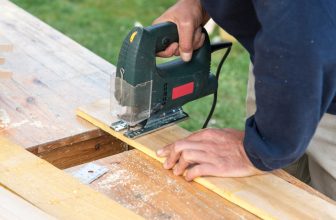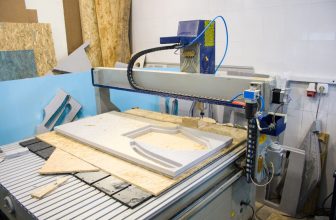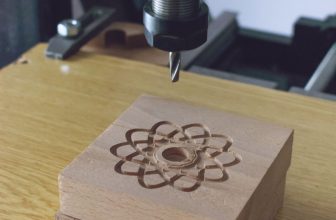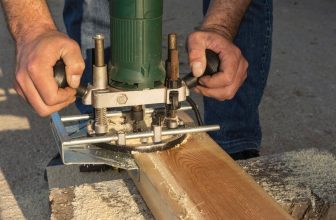Contents
You might think a power drill is one of those devices that only dedicated DIY-ers use. However, a drill is a tool that literally every family needs to have on hand.
Even one of the most standard power drills can significantly impact every day DIY jobs, from hanging pictures and shelves to assembling furniture and cutting down on precious time. How can you use one effectively?
Buying A Drill
Are you a beginner drill user? It’s suggested that you should purchase a cordless design, not a corded one. There is no point using a plug-in drill with so many handy cordless drills on the market.
Many think that a corded drill provides much more power, but a high-quality rechargeable cordless drill should perform equally well. In addition, you’re free to use it anywhere, without the hassle of carrying around a cumbersome cable.
If you’re planning to use your drill for long periods of time, you can quickly access an additional battery pack as a backup.
The Fundamentals
Your drill will typically come with a plug-in battery charger, rechargeable battery, and, obviously, the drill itself. It should also include a kit with a handful of standard drill bits for creating openings and also driver parts for screwing and unscrewing screws, which should work well for home tasks.
The Parts
Drill part: Drills openings in timber, drywall, plaster, and so on.
Driver guide: A tube-shaped attachment holds long screws in position and keeps them level while driving.
Place part: For attaching driver parts
Driver part: Drives/screws directly into difficult materials.
The Controls
Chuck: This is where the drill part goes into the material. To open or shut the chuck, hold the hand grasp while pressing the trigger switch.
Trigger button: Hold this down to get the drill working
Gear button: Changes the speed of the drill. Typically, a low gear is used to drive light screws, and a higher gear for openings or driving larger screws.
Battery: Pretty self-explanatory. It provides the drill’s power.
Torque control: Adjustable to transform the torque, also known as the drilling power. There’s generally also a drill setup, especially for piercing openings. It’s best not to use this for driving screws, however, as you might end up ruining the head.
Reverse button: Changes drill direction. When the switch is in the center or safety mode, the drill will not transform at all. A handy feature, you tend to be a bit clumsy.
Drill Use Tips
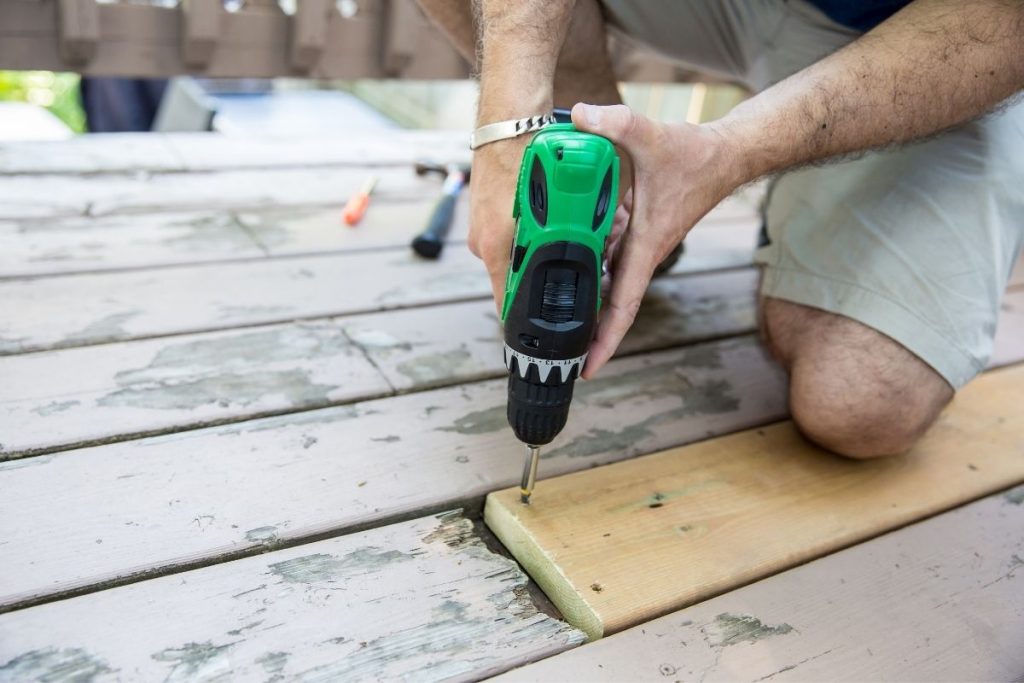
If you’re still unsure what drill part to use for an anchor, look through the anchor’s instruction manual for information. It generally recommends a matching drill part for the corresponding size.
If you’re driving a screw right into an anchor, go gradually and also use a low to center setting to ensure that the anchor does not split.
When using the drill to drive something into the wood, try piercing a smaller opening at first to help make it easier to drive in the screw.
When hanging a coat hook or similar item, hold it against the wall and use the drill to mark where the screws will go in, piercing guide support or opening.
Torque Setting
It’s all very well learning how to use the torque control, but what exactly is the torque setting?
The torque setting is the flexible collar on the drill that consists of several numbers. Torque controls the drill’s turning power. It also permits you to control just how much force is put on in order to turn the screw.
Placing the drill at the proper torque setup will certainly ensure you do not force the screw. Try it out and experiment at the beginning of your task to get the appropriate setting to fit the task you’re doing. Generally, soft materials need a low torque setting, while for more difficult materials switch it up to a greater number.
Problem-Solving
If you’re new to using drills, you might experience some initial issues. A common problem is the driver part not staying at the end of the screw.
This often happens when head screws at the top of the part don’t secure right into the screw, along with various other part types. If it does happen, you should stop drilling. The part won’t lock back right into the screw, and all you’ll end up doing is stripping the head of the screw and producing a bigger issue. How do you solve it?
- Ensure the drill is set at a low speed
- Examine that the head of your part is in good condition. An old, worn part is unlikely to remain in the head of the screw.
- Do not attempt to keep driving a screw where a bit has already slid. Pull it out as well and purchase a brand-new one.
- When driving, keep pushing the drill to keep the head of the part in the screw. Do not take the pressure off as you come close to the material you’re screwing into, keep it on and also let the torque setting stop the drill at the desired area.
Storage
To keep your drill in optimum condition, you should store it correctly. Don’t leave it lying around haphazardly with other tools. Sheds and workshops are notorious for dust and dirt, and they can get onto the small part of a drill and damage them.
Most drills come with a hard plastic case to protect the drill when not in use. It is also important to store it away correctly so small children can’t get to it and cause damage. If it doesn’t come with a case, they are easy to find, just order online from a DIY retailer.
You should also make sure that your drill is kept in a dry place away from water or moisture. Not only is it dangerous, but it can also cause damage to the mechanisms.
So. now you know how convenient a drill can be and how to work it’s time to go drill shopping, enjoy!



